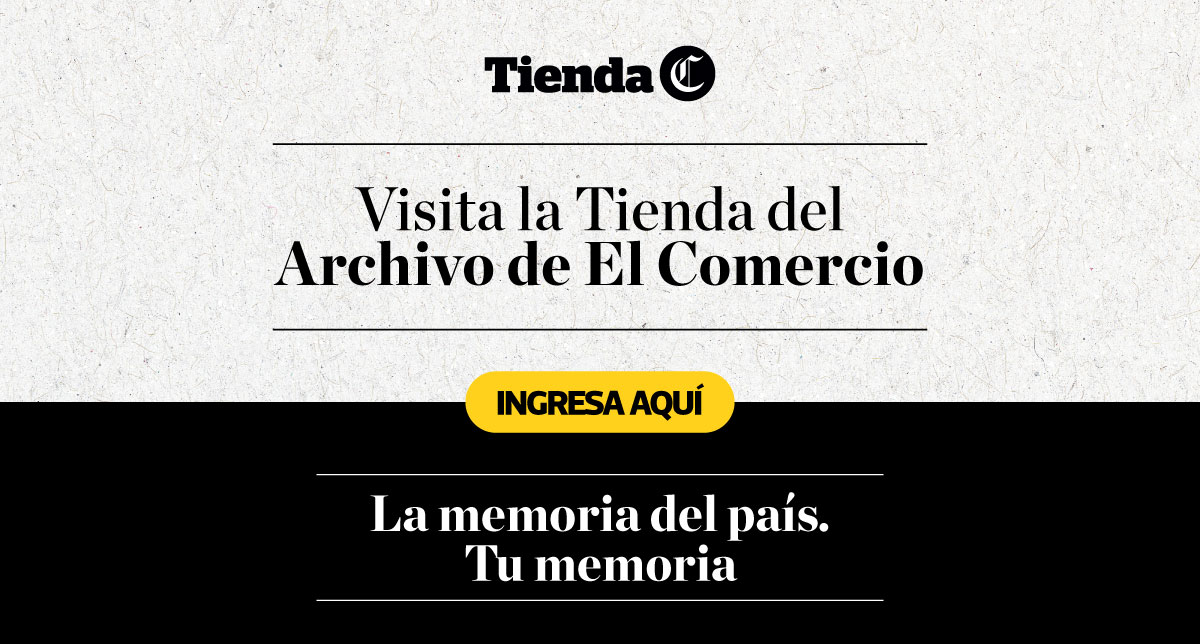There was a time when to have a family portrait you had to pose in front of a heavy camera for several minutes. The result was a small metal plate framed in glass. This process is known as a daguerreotype and it began what we know today as photography.
On a day like today in 1787 Louis was born Jacques Mandé Daguerre, the inventor of daguerreotype. From a young age he was interested in letters and the arts.
He started out as an apprentice architect and designer of sets for theater and opera. Always linked to art, Daguerre he devoted himself to painting in Paris in the first half of the 19th century. One of his great inventions was the diorama, a three-dimensional installation on a curved background where landscapes or scenes are painted, which, thanks to a play of light, seem real. It was successful when its installations reached the Paris Opera.
Daguerre he had great interest in capturing the image of a person or object on a surface. Until that moment it did not have the name of photography and the big problem was that the captured images faded with the passing of the hours. Not only was Daguerre immersed in that search that the painters of the time so feared.
In 1825, Joseph Niepce had invented heliography, a process with which he managed to capture the first image in the world. For more details it was a view of his villa in France. Daguerre He was associated with Niepce, but the latter failed to see the results of his experiments, as he died on the way.
Daguerre continued his tests until in 1837 he found the formula to achieve a photographic process tangible: the daguerreotype that was presented in Paris on August 19, 1839.
However, new research indicates that the invention of Photography It happened in 1833 when the French inventor, based in Brazil, Hercule Florence managed to fix an image through the camera obscura.
:quality(75)/cloudfront-us-east-1.images.arcpublishing.com/elcomercio/4F2C5TUN3NCP7H67NWEQGLAX3E.jpg)
In the book of photographer and historian Boris Kossoy ‘Hercule Florence. The isolated discovery of photography ‘reveals that the term photography was coined by the self-taught Frenchman in times when the dissemination of knowledge in Latin America was incipient.
What was a daguerreotype?
This process consisted of covering a copper plate with a layer of silver polished like a mirror. Depending on the angle of observation it seemed a negative or positive.
Each daguerreotype was a unique photograph. For their protection, because if they were touched with the fingers the image could disappear, they were placed in special cases covered with glass and wood.
:quality(75)/cloudfront-us-east-1.images.arcpublishing.com/elcomercio/HQAZXWEBJZHRDPYKAKBTHA7VUQ.jpeg)
With the daguerreotype portraits were made that impressed by their faithful reflection of reality. People had to stay still for several minutes. The daguerreotypes were hand painted and inlaid with gold to highlight the jewels of those portrayed.
Meanwhile in London, William Fox Talbot surprised locals and strangers with his photogenic drawings, a technique that allowed the reproduction of objects when exposed to light on paper sensitized with a silver chloride solution. But it would be in 1840 when he presented the calotype, photographic process that allowed to make several copies from a negative.
Trade published the first note on both inventors on September 25, 1839:
“A discovery has been announced to the world, as admirable in the results as it is eminently curious, that it seems to be made by magic rather than by a chemical combination, and what is equally remarkable is that it has been announced at the same time by two men different scientists, one in Paris and the other in London without the one having the faintest idea of the other’s work, so that when Mr. Daguerre was doing his essays, Mr. Talbot in London had presented his to the Royal Society of London ”.
:quality(75)/cloudfront-us-east-1.images.arcpublishing.com/elcomercio/HRUK3X53ORAQ5DKNTY6CMGBTUI.jpg)
When did you arrive in Peru?
The first daguerrotipista The one who arrived at the port of Callao was Maximiliano Danti who opened his studio in 1842. The dean newspaper reviewed with these lines the experience of having a portrait with the young invention:
“Mr. Danti, just arrived from France with a daguerreotype that he knows how to handle perfectly, has already done numerous tests, and they have all turned out very well. An admirable thing, in less than three minutes he manages to portray and with the most scrupulous resemblance to the people who undergo this experience. The events that it has obtained in this part and the modicity of its prices (a half ounce) cannot help but determine all those who want to have their true portrait to go to the house, Calle de las Mantas N 255. They can also be seen the portraits and views made in the French dressmaker’s shop, Mercaderes street, next to the Italian inn ”.
:quality(75)/cloudfront-us-east-1.images.arcpublishing.com/elcomercio/7N3ZUNSA5RA2BJHLJ24LVQBFMQ.jpeg)
Subsequently, a wave of photographers French and North Americans arrived in Lima in the second half of the 19th century. All offered the perfect portrait in the shortest time.
The daguerreotype The oldest found in Peru dates from 1846. It is an anonymous portrait of the young Manuel Alarco and belongs to the Dammert family.
In 1856 Ramon Castilla he was immortalized in a daguerreotype taken by the American daguerreotype player Benjamin Franklin Pease. This specimen is kept in the National Museum of Anthropology, Archeology and History.
IT MAY INTEREST YOU:

.

:quality(75)/cloudfront-us-east-1.images.arcpublishing.com/elcomercio/K7JJORNP5ZDLVPYFQXUVFXAFSE.jpg)





